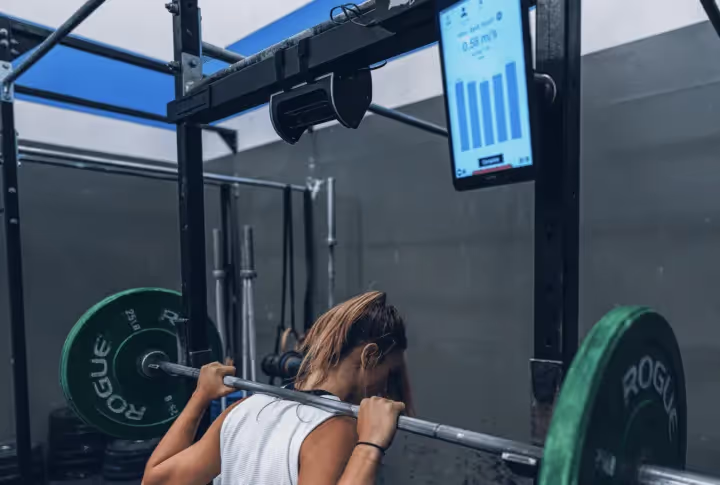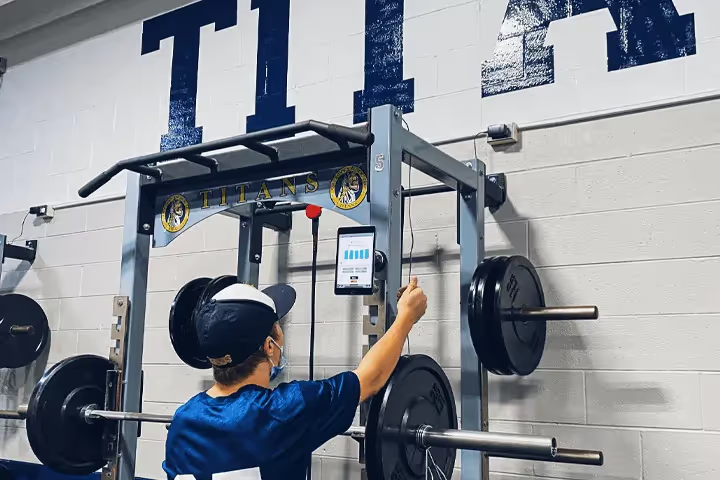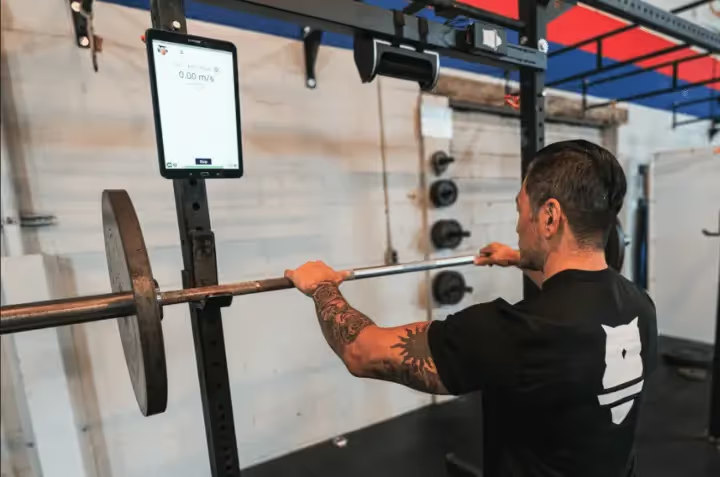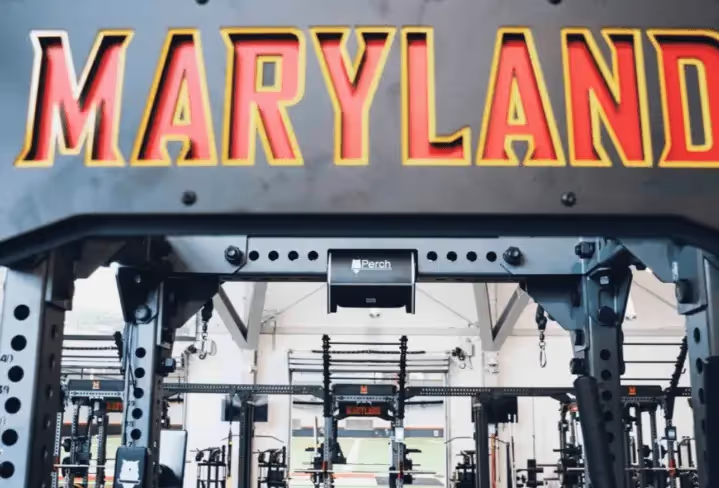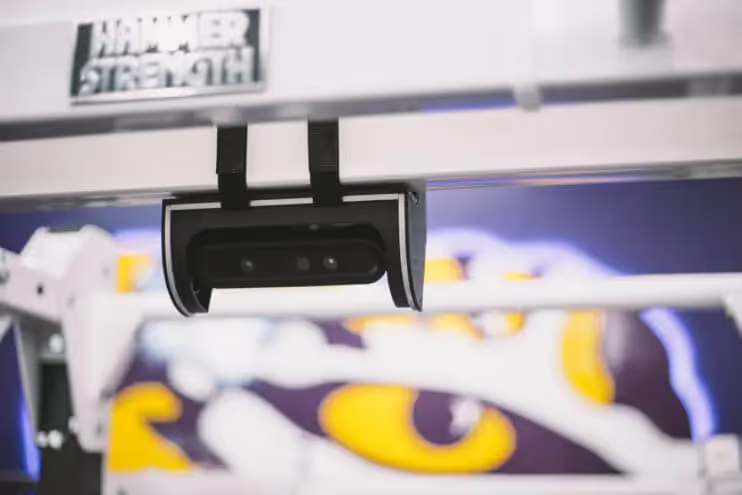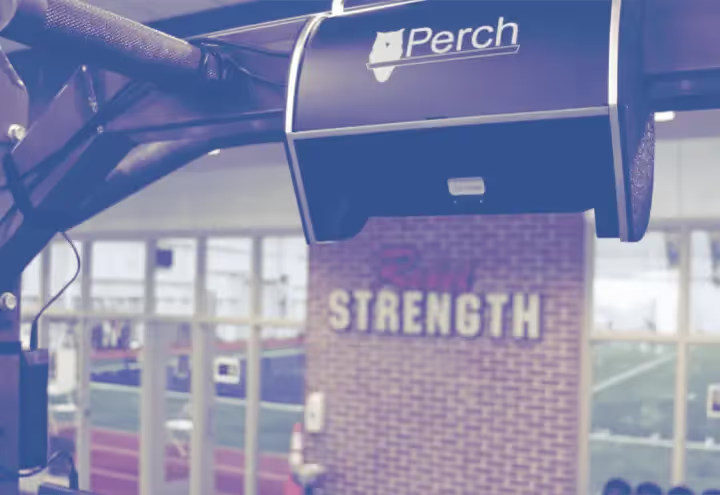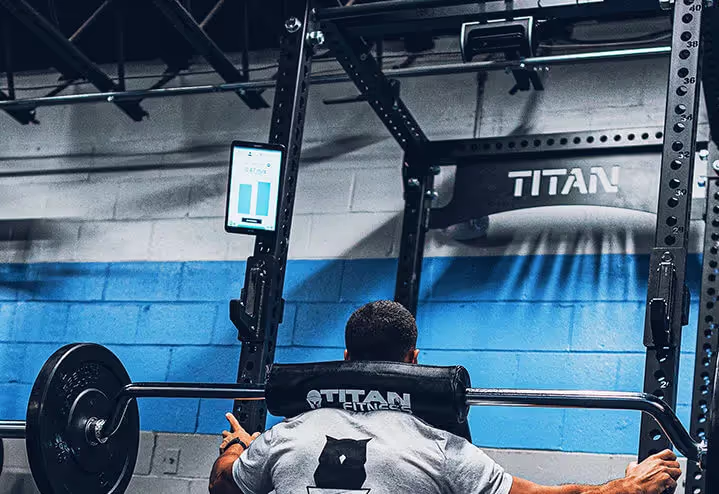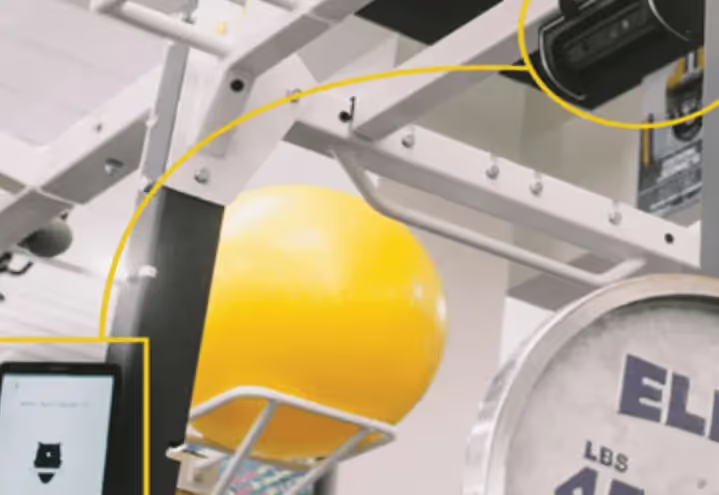Unlocking Strength Training Technology

The world of strength training has seen a dynamic shift in recent years, with emerging technologies and methodologies revolutionizing the way athletes and fitness enthusiasts approach their workouts. One such innovation is Velocity-Based Training (VBT), a science-backed approach that leverages real-time velocity feedback to optimize training outcomes. This article delves into the realm of VBT, exploring its benefits, suitable exercises, optimal usage, and the crucial role of motivation and feedback in the weight room.
Understanding Velocity-Based Training (VBT)
Velocity-Based Training (VBT) is a training methodology that employs velocity as a key metric to guide workout intensity and progression. Rather than solely relying on traditional percentage-based training, where loads are determined by a fixed percentage of an athlete's one-rep max (1RM), VBT incorporates individualized real-time data to tailor the training experience. By measuring barbell velocity during lifts, athletes and coaches gain insights into their neuromuscular capabilities, fatigue levels, and performance potential. In this way they can adjust the load to provide the appropriate stimulus during a training session.
Benefits of VBT
1. Precision in Load Selection
VBT allows for more precise load selection, ensuring that athletes train at an intensity that aligns with their current capabilities. This precision minimizes the risk of undertraining or overtraining, promoting a balance that is conducive to optimal strength gains and progress.
2. Auto-Regulation
One of the standout advantages of VBT is its ability to facilitate auto-regulation. As athletes become fatigued during a workout, their barbell velocity naturally decreases. VBT provides immediate feedback on this decline, prompting them to adjust their loads accordingly. This self-regulating mechanism prevents excessive strain and reduces the likelihood of injury. Additionally, if athletes are moving significantly slower at the start of a workout, we can assume they are fatigued, have a conversation, and make adjustments accordingly. Similarly if they're moving fast!
3. Individualization
Every athlete's strength and speed capabilities vary. VBT recognizes these individual differences and tailors training programs to suit each athlete's unique attributes. This individualization results in a more effective and efficient training experience.
VBT-Compatible Exercises
VBT can be integrated into various exercises across different training modalities. However, certain exercises lend themselves particularly well to this methodology:
1. Compound Lifts
Exercises like squats, deadlifts, and bench presses are excellent candidates for VBT due to their central role in strength training. VBT ensures that athletes are lifting weights that align with their capacity on any given day.
2. Olympic Lifts
Complex movements like the snatch and clean and jerk require precise timing and explosive power. VBT helps athletes refine their technique and power output by offering insights into the velocity of the lift.
3. Plyometric Movements
VBT can be applied to plyometric exercises like box jumps and medicine ball throws. These exercises demand explosive power, and VBT aids in optimizing the velocity and intensity of these movements.
4. Speed Training
For athletes focused on speed, VBT can be applied to sprinting and agility drills. By monitoring velocity during these activities, athletes can track their progress and tailor their training to enhance their speed capabilities.
5. Accessory Movements
VBT devices are getting much more advanced, and they can capture the majority of movements that exist in a weight room. This includes accessory movements like dumbbell split squats, lateral lunges, goblet squats and beyond. While there isn't a huge data body on these movements yet, if VBT does nothing else it enhances motivation through objective feedback, so using it on any lift is still helpful to motivate.
Optimal Usage of VBT
1. Initial Assessment
Begin with an assessment of an athlete's baseline strength and velocity profile. This establishes a starting point and informs the initial load selection.
2. Dynamic Load Adjustment
During a training session, pay attention to changes in barbell velocity. As velocity drops due to fatigue, adjust the load to maintain the desired intensity. This real-time adjustment prevents form breakdown and overexertion.
3. Progressive Overload
Gradually increase the load as an athlete's strength improves. VBT allows for a controlled and measurable progression that minimizes plateaus and ensures consistent gains.
The Role of Motivation and Feedback
In the weight room, motivation and feedback are pillars of success. Traditional training methods often lack immediate feedback, leaving athletes disconnected from their performance. VBT bridges this gap, providing real-time data that fosters motivation through:
1. Visible Progress
Seeing tangible improvements in velocity and performance fuels athletes' determination. VBT offers a clear measure of progress that boosts motivation and instills a sense of accomplishment.
2. Informed Effort
Athletes can put forth informed efforts by adjusting their loads based on real-time velocity feedback. This not only prevents burnout but also empowers athletes to optimize their training sessions.
3. Goal Attainment
Clear data-driven insights enable athletes to set specific goals. Whether it's hitting a certain velocity threshold or achieving a new personal record, VBT empowers athletes to work towards attainable targets.
VBT: A Constant Companion
While certain exercises might seem more suitable for VBT, the reality is that this methodology can be applied across the spectrum of strength and power training. By embracing VBT at all times and for all exercises, athletes and coaches can ensure consistent progression and unparalleled insights into their training journey.
There are many different ways to measure VBT, and we recommend finding a device that is going to grow with you and your knowledge as you continue to develop. Perch offers 11 metrics to inform weight room performance, and we measure any barbell movement in addition to a growing list of body weight and other non-barbell movements. Reach out if you want to learn more!
Conclusion
Velocity-Based Training is more than a mere training methodology; it's a paradigm shift that merges science and motivation to unlock peak athletic performance. By incorporating real-time velocity data into training sessions, athletes and coaches can maximize strength gains, optimize load selection, and foster an environment of continuous improvement. Whether you're a seasoned athlete or a fitness enthusiast, VBT has the potential to revolutionize the way you approach your workouts and propel you towards new heights of strength and achievement.
Read more about Perch here! And check out Product Videos here. And our support website here.
Back to basics? Review the origins of VBT and Strength Training!

Start Gathering Data With Perch Today!
Reach out to us to speak with a representative and get started using Perch in your facility.

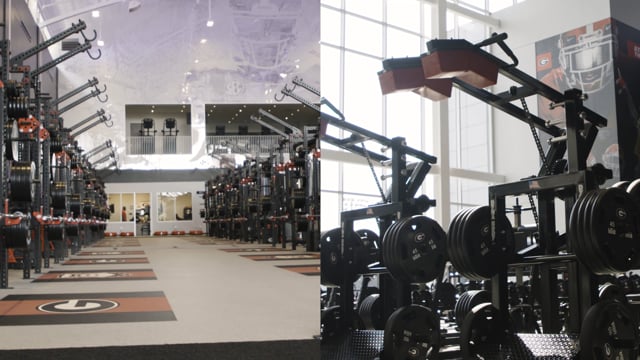
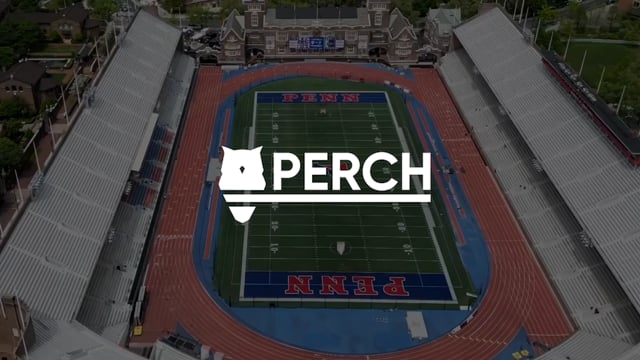

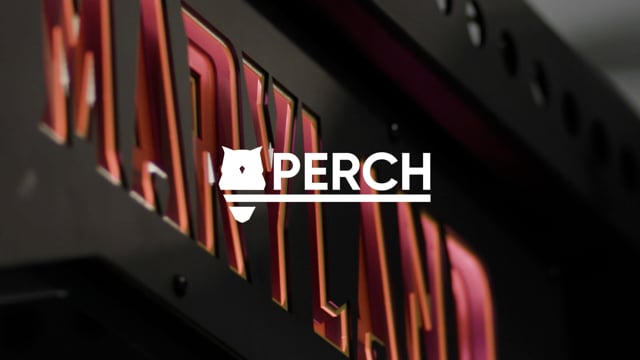
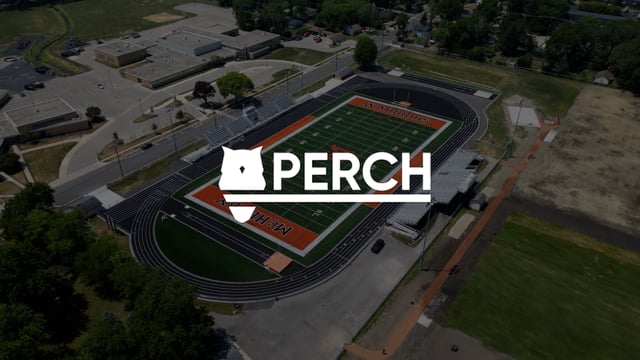
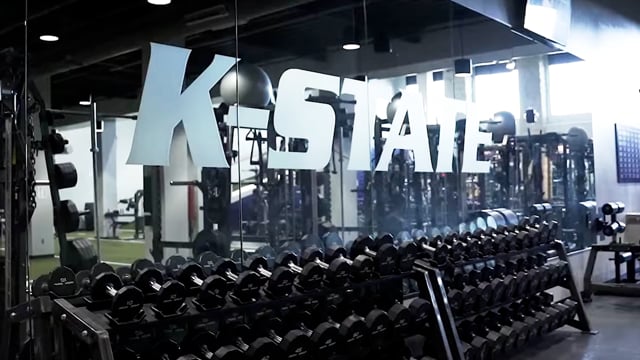


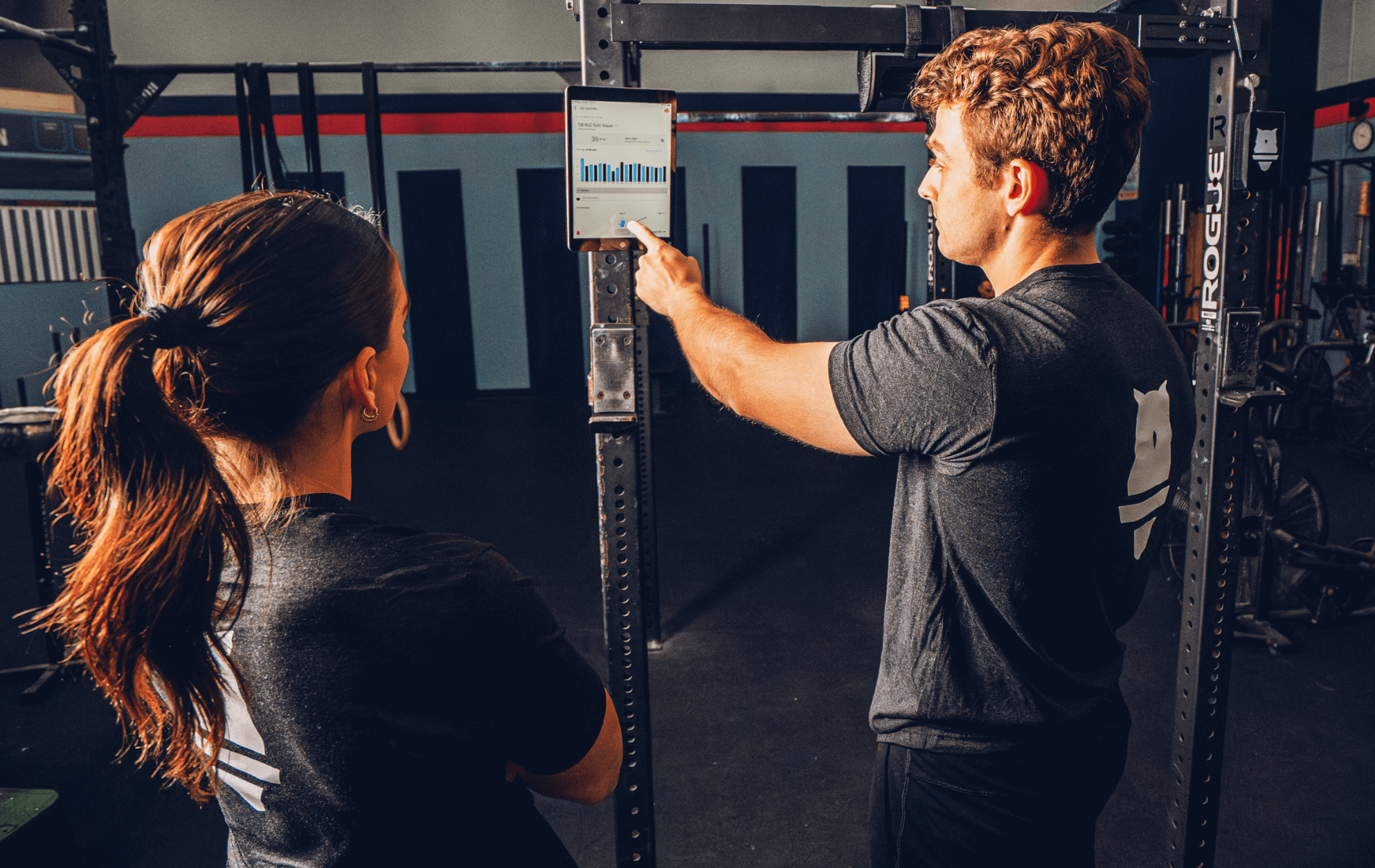































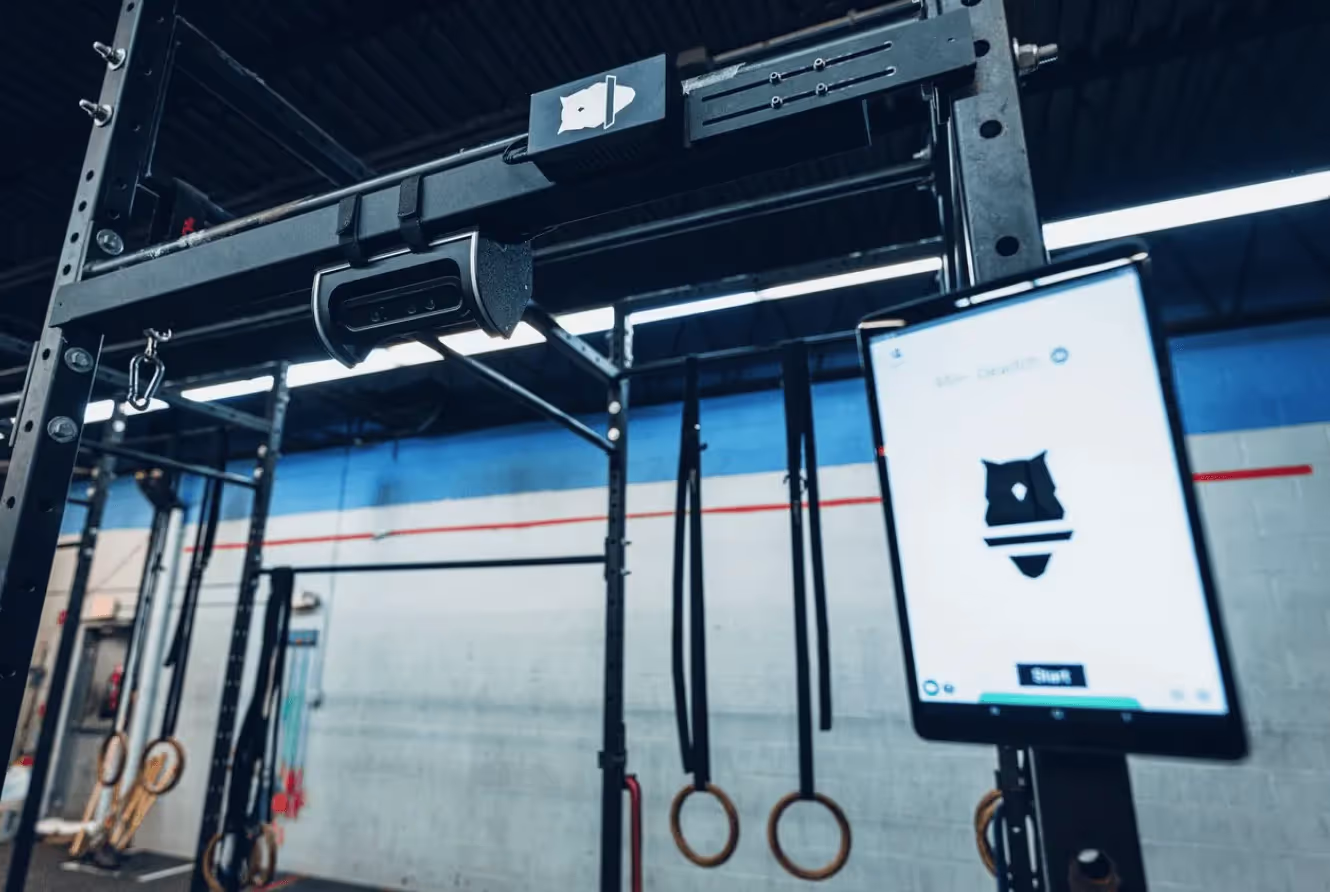
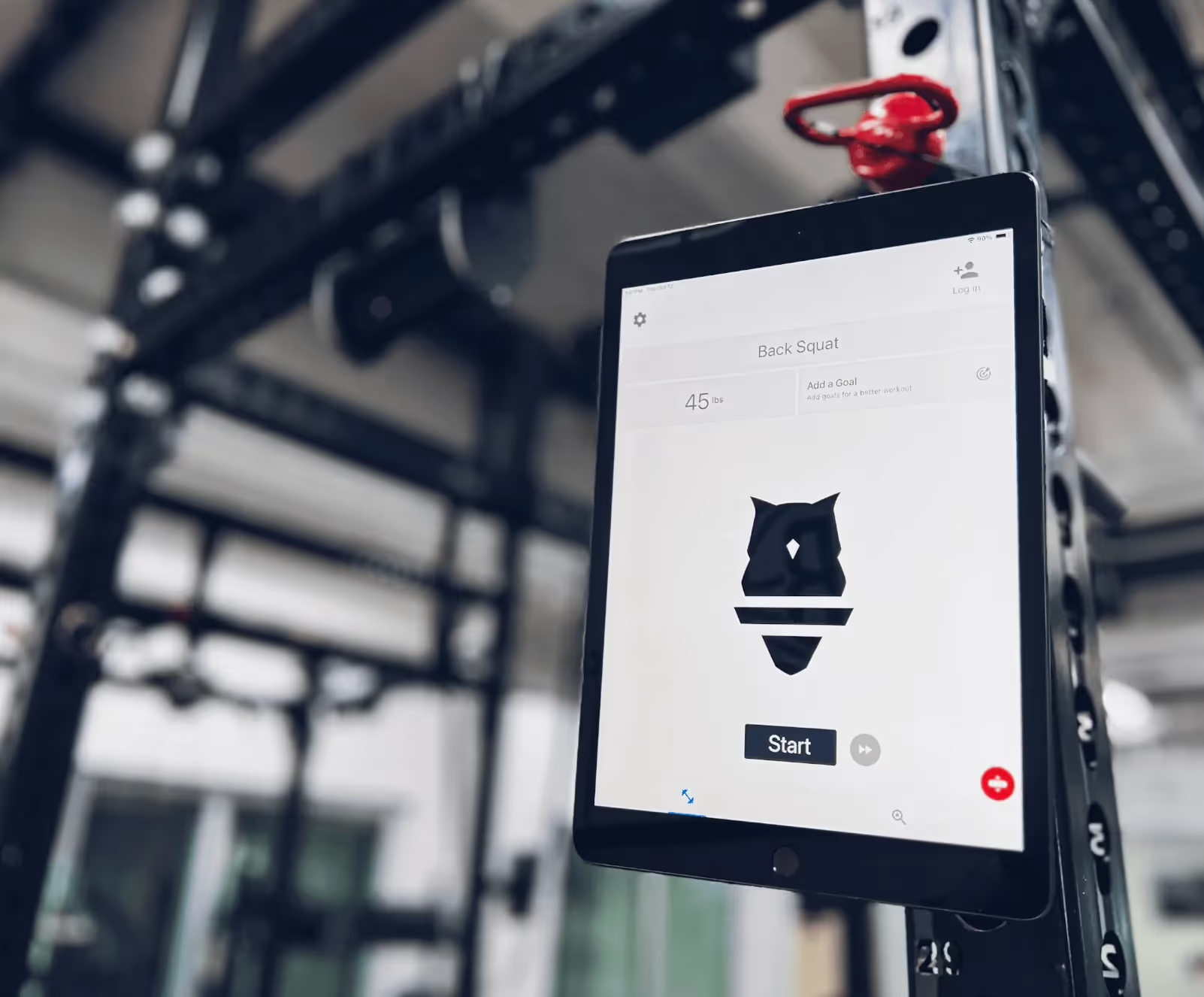



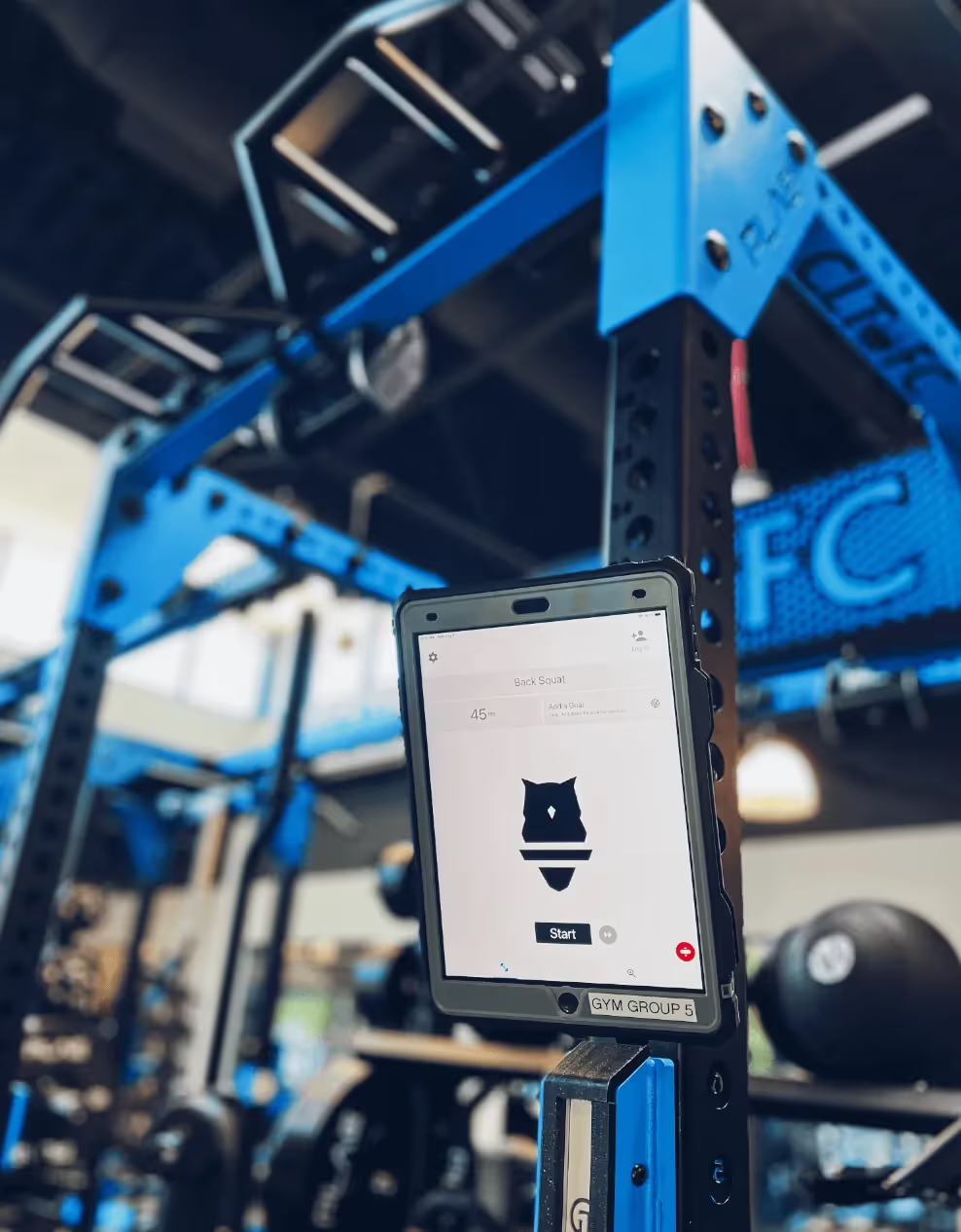
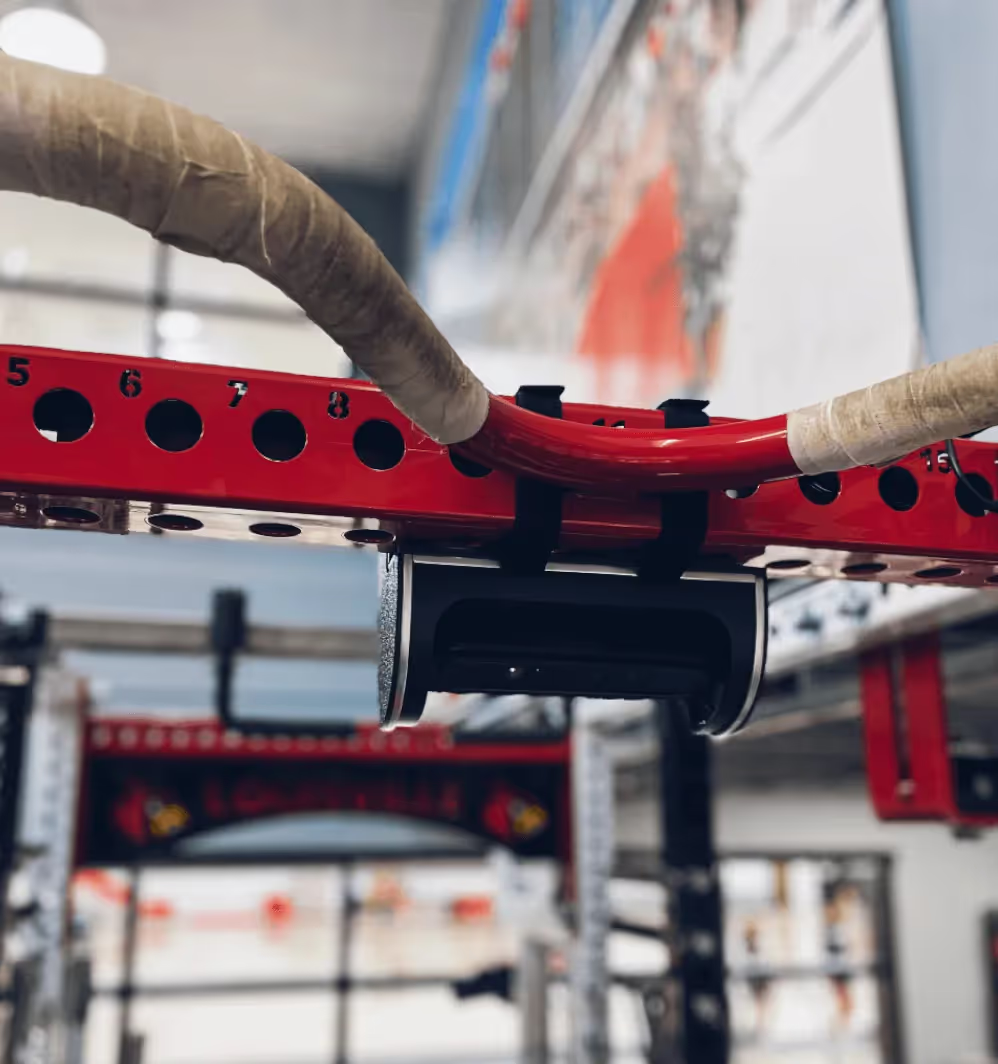









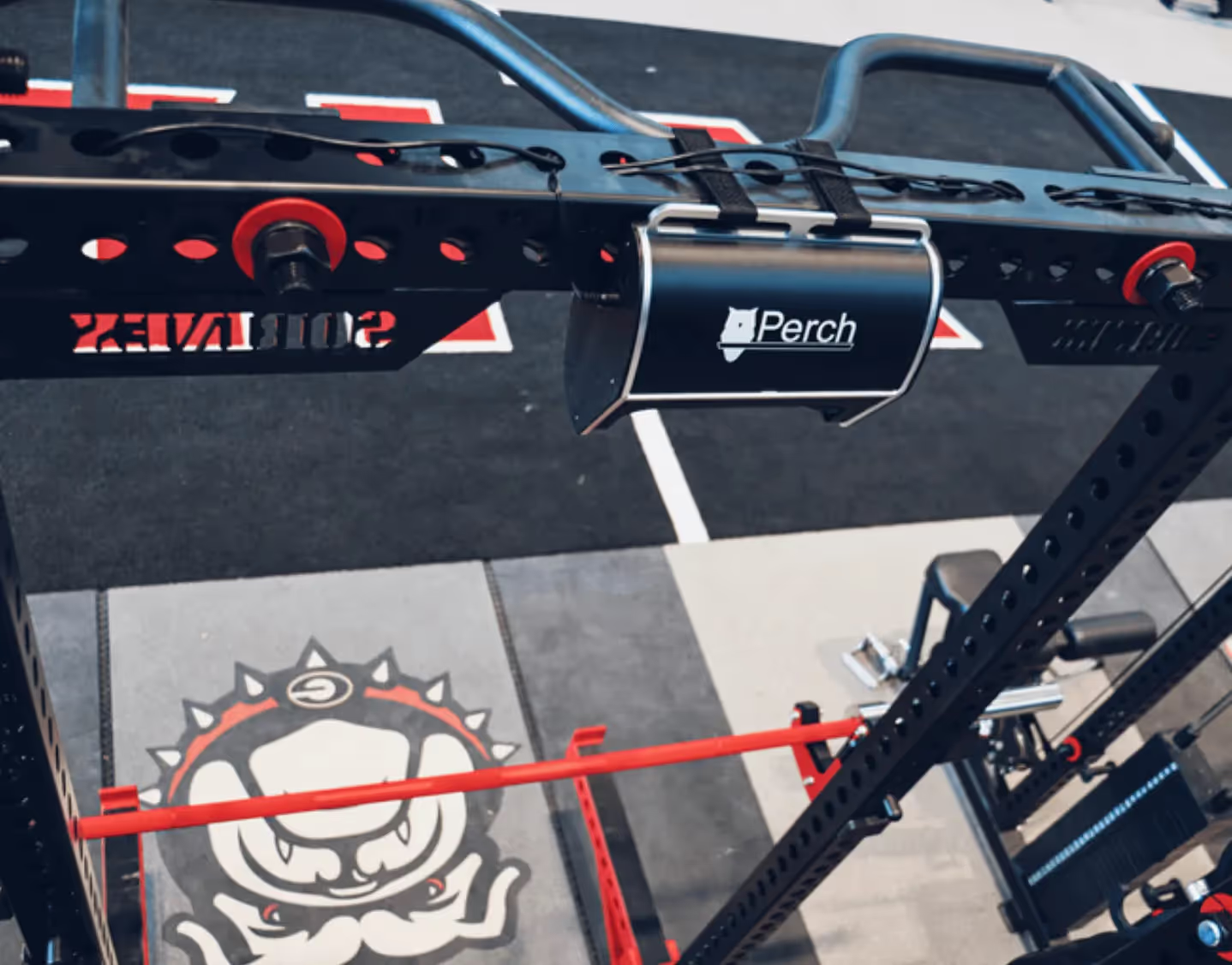


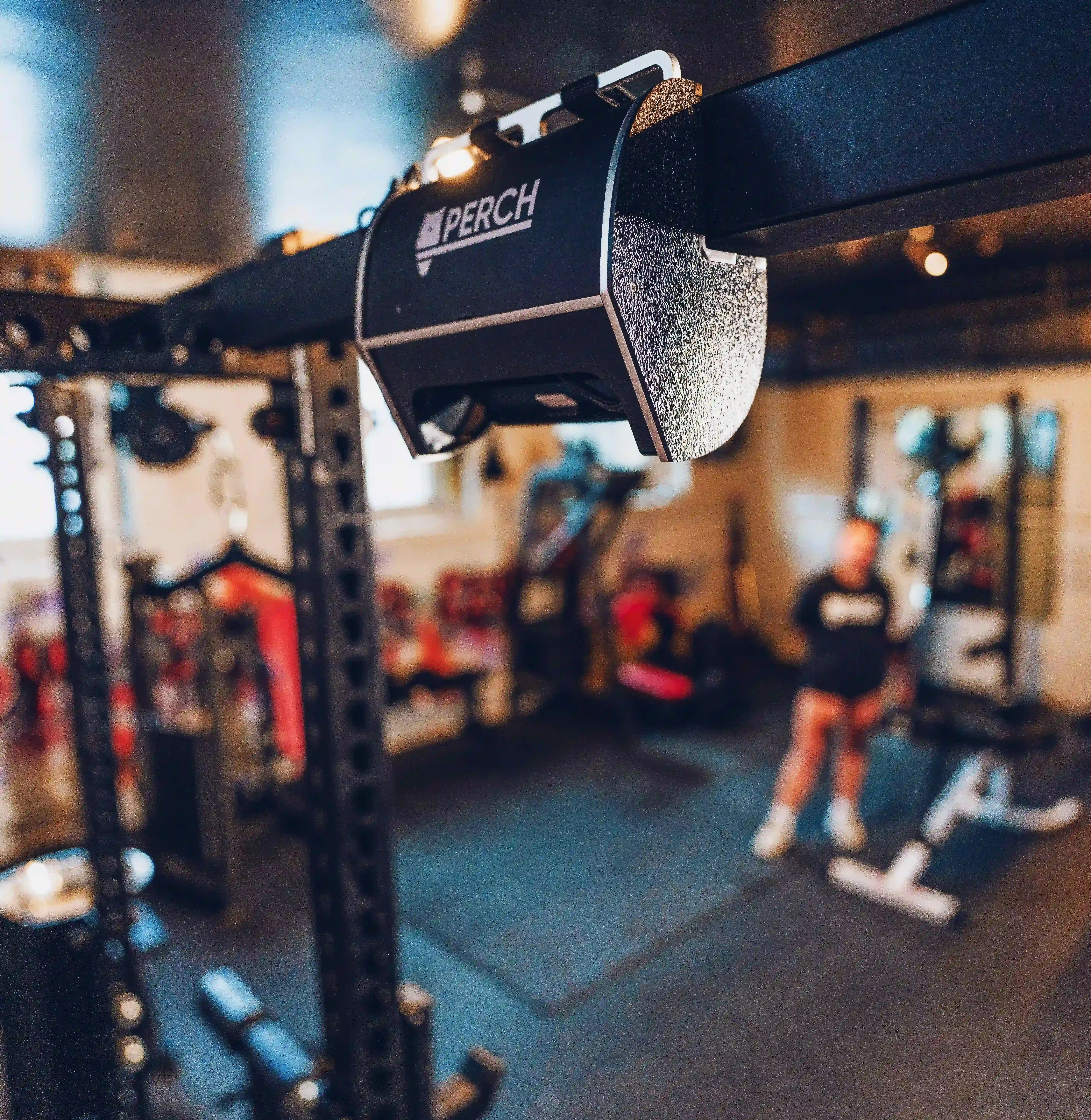


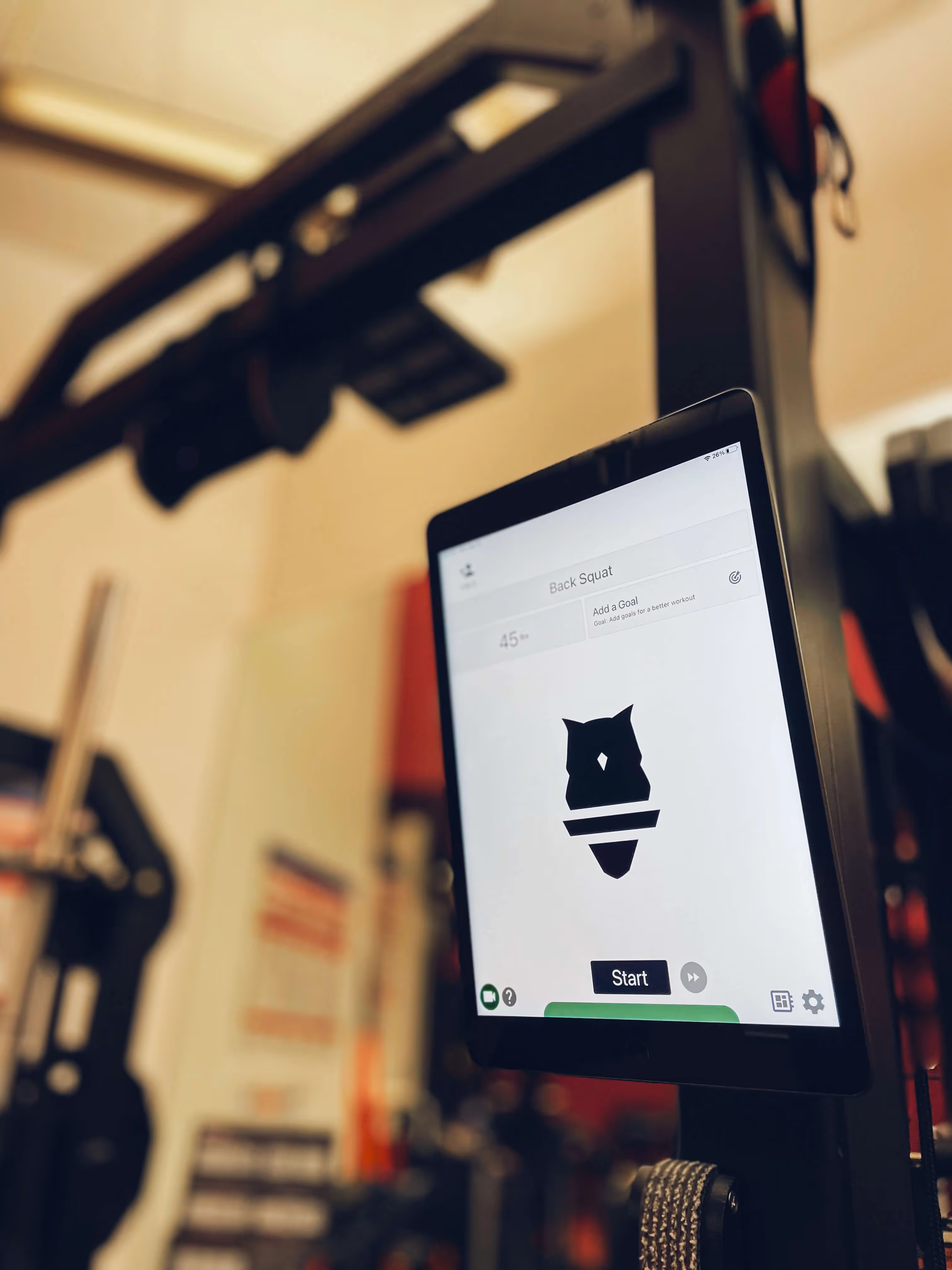

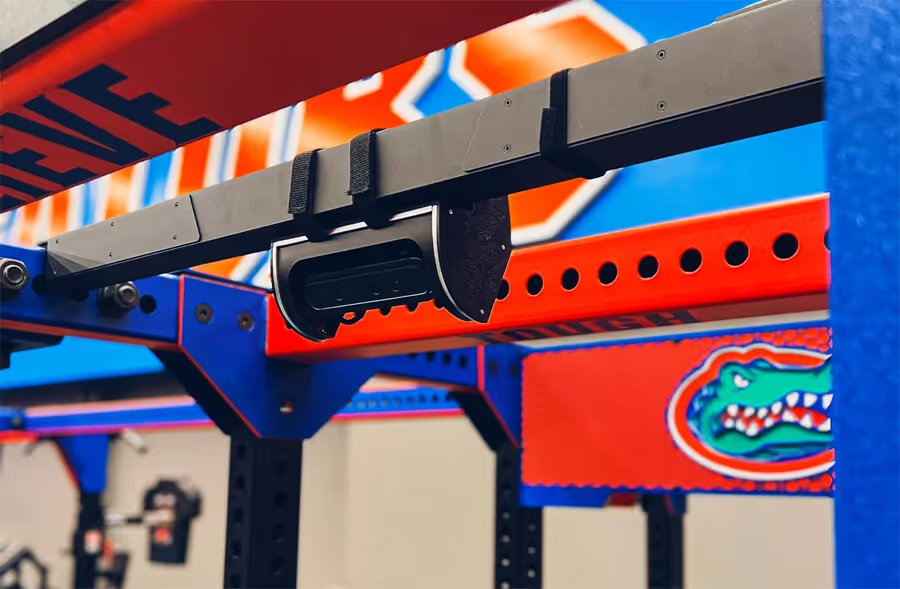
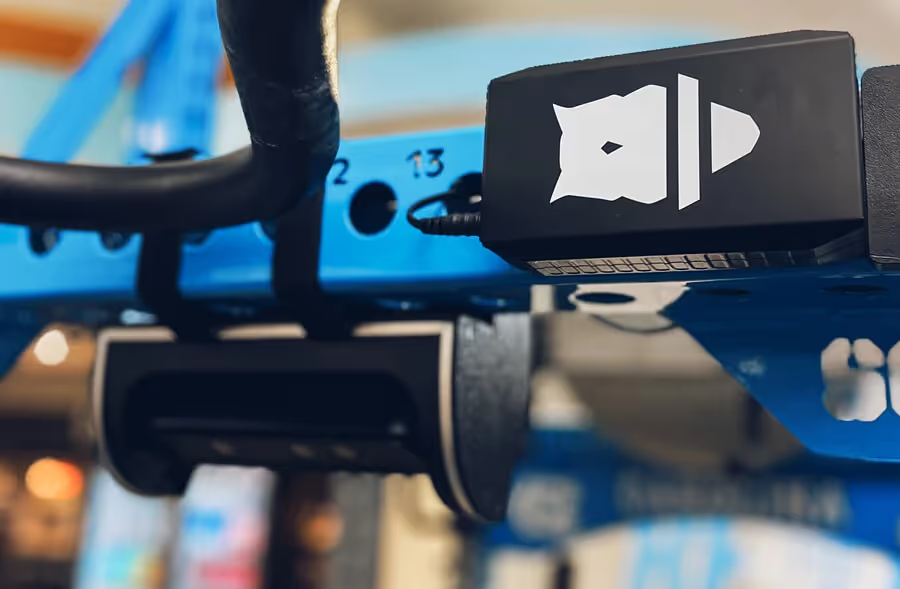

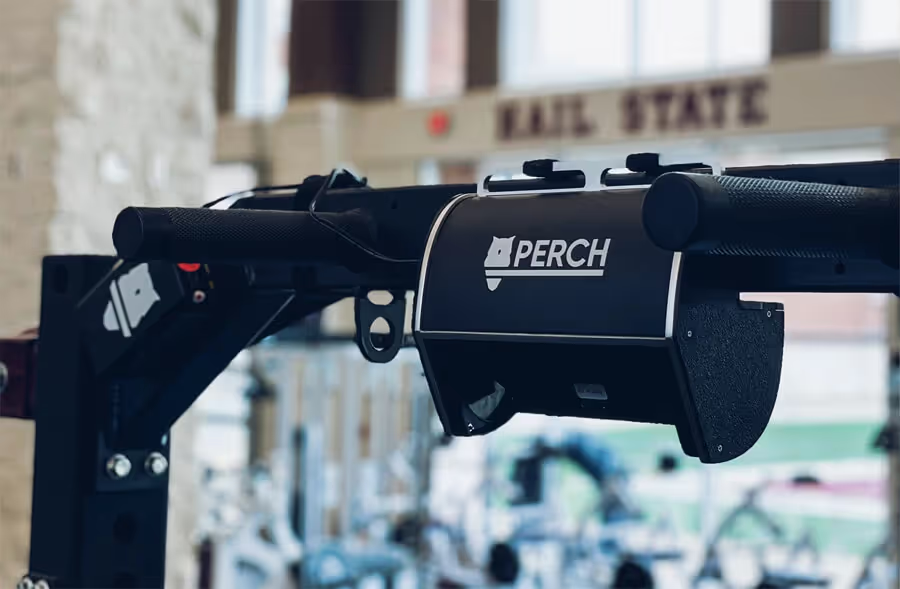



.avif)

